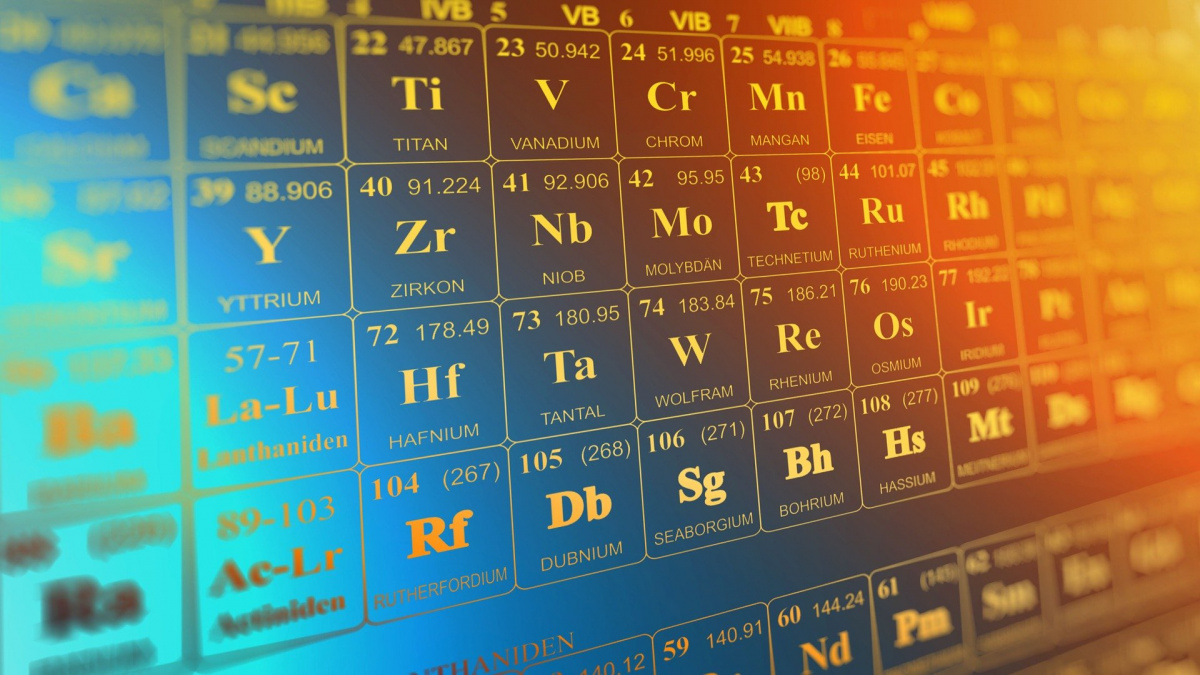How are new chemical elements born?
Interview, 24 May 2021
Svetlana Sokolova, editor-in-chief of the website of the Year of Science and Technology in Russia, spoke to Andrei Popeko, Deputy Director of the Flerov Laboratory of Nuclear Reactions, about the synthesis of superheavy elements and prospects in this area, as well as about the benefits that these studies can bring to society.
The Joint Institute for Nuclear Research in Dubna is now constructing the world’s first Superheavy Element Factory
Sixteen new elements appeared in the Periodic Table in the second half of the 20th century and five more in the 21st century. The Table ends now with oganesson (Og 118). It was synthesized in 2002 and 2005 at the Joint Institute for Nuclear Research (JINR) in the city of Dubna near Moscow.
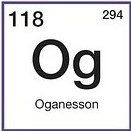 Oganesson is one of the so-called superheavy elements that follow uranium (U 92). Some of these elements were formed about 10 billion years ago as a result of nuclear reactions inside stars. Most of them have long since decayed. All naturally occurring chemical elements had been found by the 1940s. The latest was francium (Fr 87). All subsequent elements were produced – and are being produced – in laboratories.
Oganesson is one of the so-called superheavy elements that follow uranium (U 92). Some of these elements were formed about 10 billion years ago as a result of nuclear reactions inside stars. Most of them have long since decayed. All naturally occurring chemical elements had been found by the 1940s. The latest was francium (Fr 87). All subsequent elements were produced – and are being produced – in laboratories.
JINR is currently building the first factory of superheavy elements in the world to synthesize elements 119, 120 and 121, and to study in depth the properties of previously obtained elements. We talked about this super project with Andrei Popeko, Deputy Director of Flerov Laboratory of Nuclear Reactions JINR.
“It’s just arithmetic”
Andrei Georgievich, first of all, why “factory”? And how will it differ from, for example, a collider?
It’s a “factory” because this is an accelerator plus the whole infrastructure around it. The difference from a collider is fundamental. In the collider, the particles are accelerated to nearly the speed of light and then collide with each other. New particles or other interesting events are obtained. And for the synthesis of superheavy elements you cannot use superhigh energies. On the contrary, the harder you hit one nucleus into another, the faster the system will collapse. You won’t get anything useful.
What will you do to get “something useful”?
We’ll have to bring nuclei of atoms together so that they touch each other. The point is that the nuclei with the same charge repel. To overcome the repulsion, the particles should be accelerated to a speed equal to about 10 per cent of the speed of light.
The target, i.e. a layer of material applied to a thin titanium foil, is irradiated with the nuclei from the accelerator. The reaction of the bombarding particles with the target material will produce new particles. They will be “caught” by a detecting system consisting of plates made of crystalline silicon. It will give, in a sense, an electronic photograph. It will be possible to determine the coordinates, arrival time, and energy of the particle. In the future we hope that the efficiency of the factory will be 10 times greater than before. Very great prospects for experiments will then open up. A totally different life will start for us.
So, in short, there is a substance from which the target is made, and there are substances that fly through this target. As a result, you can get a completely new chemical element, right? It’s still not clear how it works.
It is important to choose the right combination of the target material and the substance that will collide with it. The conditions here are as follows: the target material must exist in nature or can be produced artificially in significant amounts. This is the first requirement. But we should not look at the Periodic Table. It will be of little use in this case. We should use the isotope chart. Black squares are long-lived isotopes that exist in nature. Now you can take a particle that would lead to the formation of the desired element. Here the electric charge conservation law applies. For example, if you need element 118, you take an isotope with nuclear charge 98 (californium) for the target, and for the bombardment of the target you take calcium with nuclear charge 20. 20 + 98 = 118. It’s simple.
You can feel free to take any other combinations. If you want element 120, then 120 is two times 60. We take element 60, neodymium. We make it the target and use it to irradiate this target. We get element 120. It’s just arithmetic. There is no need to spend your whole life sorting through something. Plus there are well-known laws.
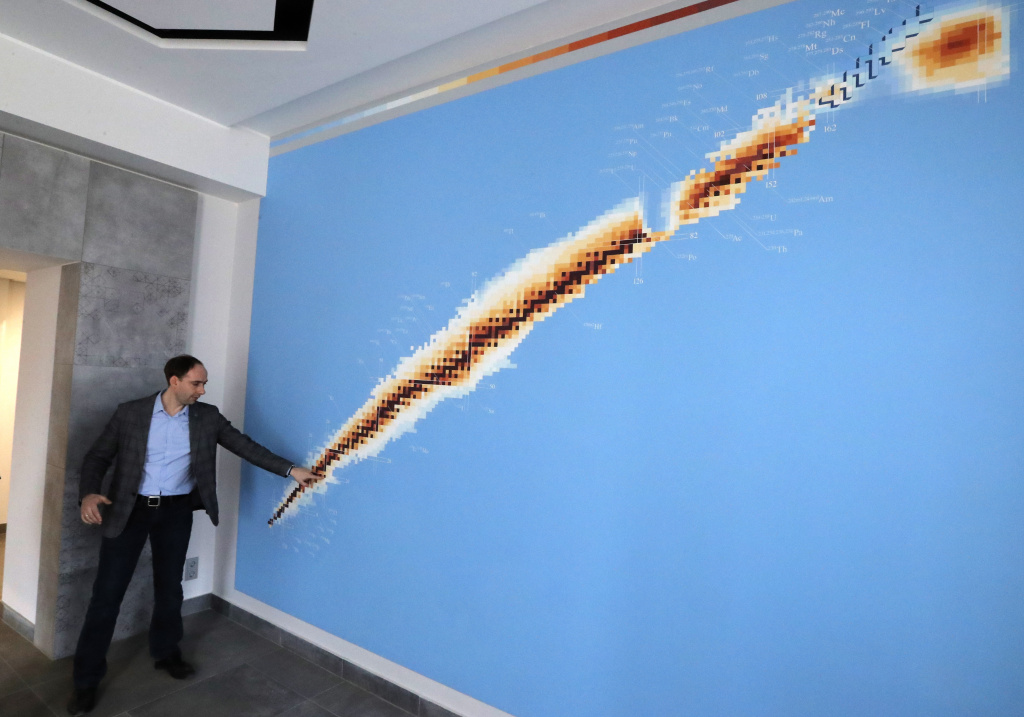 Scientific Secretary of FLNR JINR Alexander Karpov at the chart of isotopes of chemical elements. Sergei Karpukhin/TASS
Scientific Secretary of FLNR JINR Alexander Karpov at the chart of isotopes of chemical elements. Sergei Karpukhin/TASS
“The nucleus is not a drop of liquid”
What exactly is the probability of obtaining a superheavy element?
It consists of at least two parts: the probability of nuclear fusion and the probability of survival of the resulting nucleus during the cooling process. Because the nuclei cool down in the same way as, for example, a liquid. But in the liquid, these are the molecules that evaporate, while neutrons evaporate from nuclei. Neutrons carry away the energy from the nucleus, and the system cools down. This is the first one. Secondly, the nuclei must merge. Unfortunately, the closer the mass of the target and the mass of the bombarding particle are to each other, the worse they merge. These are only a few circumstances that limit the production of superheavy nuclei.
What experiments are currently being conducted at the “factory”?
Of course, a new accelerator made, the best way to show its operating capacity is to repeat the previously achieved results. Thus, in January this year, we succeeded in experiments on the syntheses of element 115, moscovium. It was first produced in 2003.
Currently, experiments are being performed to obtain beams of accelerated particles that are needed for the synthesis of heavier elements.
Previously, we worked mainly with calcium. This is element 20 in the Periodic Table. It was used to bombard the target. And the heaviest element that can be used to make a target is californium, 98. Accordingly, 98 + 20 is 118. That is, to get element 120, we need to proceed to the next particle. This is most likely titanium: 22 + 98 = 120.
There is still much work to adjust the system. I don’t want to get ahead of myself, but if we can successfully conduct all the model experiments, then the first experiments on the synthesis of element 120 will probably start this year.
And why do superheavy elements exist at all? By what laws of nature?
The nuclei of atoms have a structure that is somehow similar to that of atomic shells. After all, the electrons are held in orbit for a reason, because the orbits have a special complex structure. Much the same happens in the nuclei. The structural effects explain why superheavy elements exist. The nucleus normally does not behave like a drop of liquid, is not an amorphous body, but has an internal structure. Without it, superheavy nuclei would not exist at all. And the presence of structural properties in nuclear matter leads to the fact that these nuclei live for seconds, and we hope that they can live for hours, days, and maybe even millions of years.
Structureless nuclei following elements 103 and 104 would no longer have the right to exist. This discovery of structural effects is a major achievement in understanding the nature of nuclear forces.
“It’s never boring”
Is there any way to use superheavy elements in the national economy?
That’s definitely a valid question, but we are doing basic research. To accumulate some number of atoms of element 118, you know, is quite impossible. I think five atoms of this element have been recorded in history. And they live for less than a millisecond.
In particular, it is very intriguing how chemical properties of elements will evolve as we move further along the table. Only two-thirds of the elements of the Mendeleev Table “fit” into the periodic law that relates the chemical properties of the elements to the charges of atomic nuclei. And that’s where discrepancies come in: there are no completely inert elements, elements that should be gases become solid and show metallic characteristics, etc.
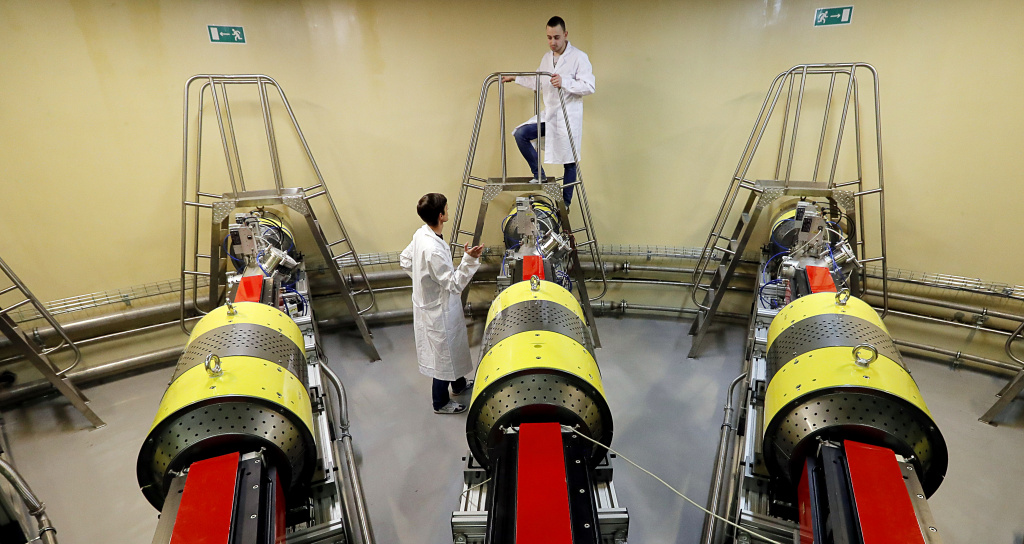 The superheavy element beam transport channel of the DC-280 cyclotron. Sergei Karpukhin/TASS
The superheavy element beam transport channel of the DC-280 cyclotron. Sergei Karpukhin/TASS
It is also interesting how the elements were formed in nature. Not just superheavy ones. Theory does not exclude that superheavy elements could live till our time after, say, the formation of the Solar system. And in this case they can be found in nature.
Among other things, the discovery of new elements demonstrates a high level of science, technology and education, which in turn brings about economic and political dividends.
Which countries are now leading the search for superheavy elements?
Only two countries, the United States and Russia, can perform such research alone. And the reason is that there should be materials for making targets, and these are heavy transuranic elements, such as curium, berkelium, and californium. Special reactors are necessary to produce these elements.
Germany and Japan are also actively involved in the search for superheavy elements, not alone of course but in cooperation with those having isotopes. These experiments are very prolonged. The regular work is being done: planned, but intensive. The Japanese have obtained three atoms of element 113 over 10 years. This is some kind of world record in persistence. I don’t think anyone else has done this and will do it.
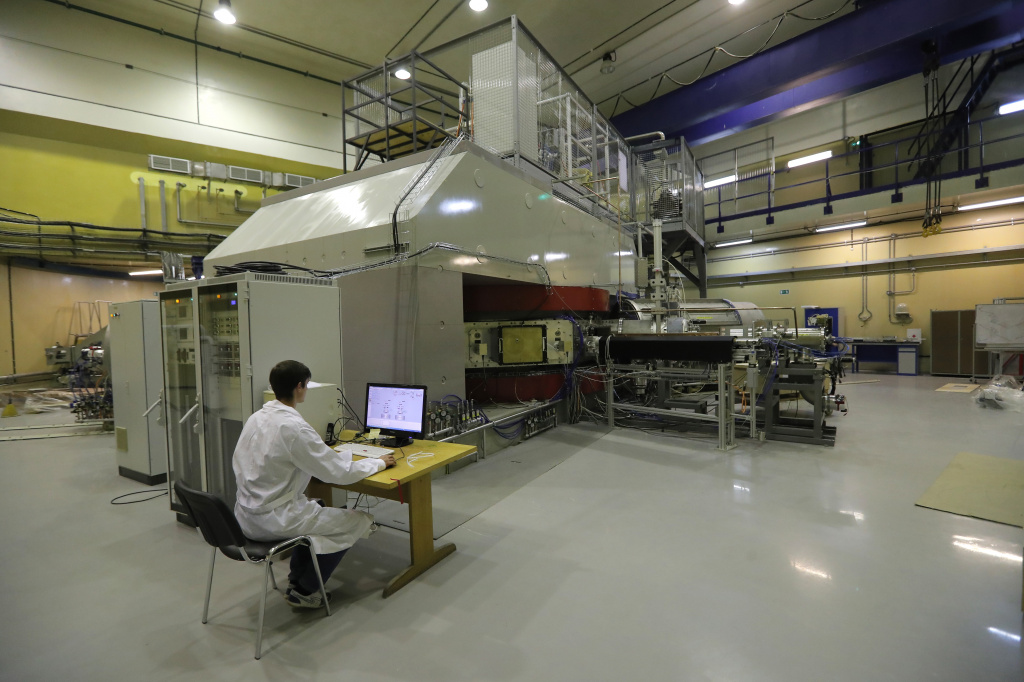 The cyclotron complex DC-280 for experiments to synthesize superheavy elements and study their chemical properties. Sergei Karpukhin/TASS
The cyclotron complex DC-280 for experiments to synthesize superheavy elements and study their chemical properties. Sergei Karpukhin/TASS
What are Russia’s competitive advantages?
Firstly, there is a long-standing and effective school on the synthesis of new elements in Russia, which was founded by Georgy Flerov. In particular, his group is credited priority of the discovery of element 102, nobelium.
Secondly, there is a school of creating accelerators. As is known, the first accelerator was built in the USA, in Berkeley, and the second, in Leningrad, at the Radium Institute. And, thirdly, we are good at producing the material for targets – isotopes of transuranic elements. Here are our advantages: the scientific school, accelerators, and isotopes. These are the three pillars of success.
Andrei Georgievich, you have spent your whole life dealing with the synthesis of new elements. For more than half a century. Do you still like it?
Yes, I still like it. An important point is that the development of techniques on the very verge of capabilities will necessarily lead to something. For instance, to the creation of new technologies. Anyway, it’s never boring. I assure you, it is the greatest joy to discover something no one knows about. That never stops being fun.
DICTIONARY
Georgy Flerov (1913—1990). Soviet nuclear physicist, one of the founders of JINR and one of the pioneers in the search for transuranic elements. Took part in the discovery of elements 103, 104, 105 and 106.
Yuri Oganessian (born in 1933). A student of Flerov and one of those who synthesized rutherfordium, dubnium, and other superheavy elements. Academician of the Russian Academy of Sciences, Scientific Leader of the Flerov Laboratory of Nuclear Reactions. In 2016, element 118, oganesson, was named in his honour.
Isotope. A kind of atom of a chemical element that has the same atomic number but a different mass number. For example, the isotope of hydrogen H is deuterium 2H, which is used in the production of thermonuclear weapons.
Island of stability. The nuclei of atoms consist of protons and neutrons. But only a strictly defined number of these “bricks” are bound together into a single body, which represents the nucleus of an atom. It turns out that there are more combinations that “don’t work”. Therefore, our world is in principle in a sea of instability. There are nuclei that have existed since the formation of the Solar system, and these are stable. Hydrogen, for example. Areas with such nuclei are called “continent”. It drifts gradually into the sea of instability as we move towards heavier elements. But it appears that far away from land an island of stability emerges where long-living nuclei are born.
Superheavy elements. Elements that follow uranium (with atomic number 92). Some of them appeared about 10 billion years ago through nuclear reactions inside stars. Most of them have long since decayed. Now all that remains is to synthesize them in laboratories.
Svetlana Sokolova
